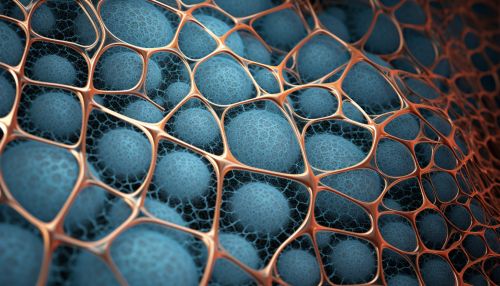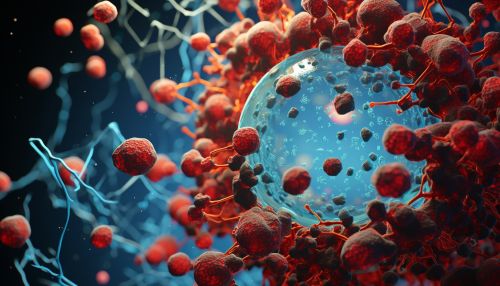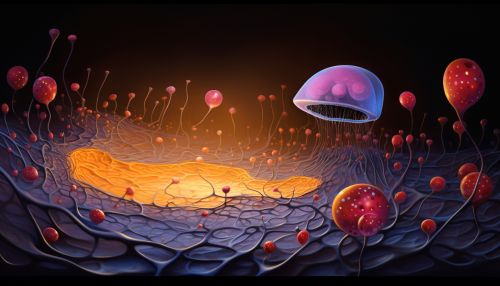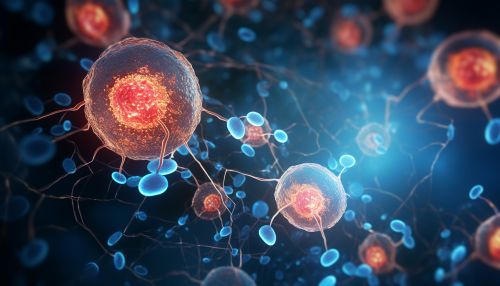The Biological Mechanisms of Cellular Senescence
Cellular Senescence: An Overview
Cellular senescence is a state of irreversible cell cycle arrest that can be triggered by a variety of stressors. It is characterized by changes in cell morphology, gene expression, and secretory phenotype. This biological process has been implicated in a variety of physiological and pathological contexts, including development, tissue repair, aging, and cancer.


Mechanisms of Cellular Senescence
Cellular senescence can be triggered by a variety of stressors, including telomere shortening, DNA damage, oxidative stress, and oncogenic signaling. These stressors induce a complex signaling network that ultimately leads to the stable arrest of the cell cycle.
Telomere Shortening
Telomeres are repetitive DNA sequences at the ends of chromosomes that protect the genomic DNA from degradation. Each time a cell divides, its telomeres shorten. When telomeres reach a critically short length, they trigger a DNA damage response that leads to cellular senescence, a process known as replicative senescence.


DNA Damage
DNA damage can also trigger cellular senescence. This can occur through a variety of mechanisms, including exposure to radiation, chemicals, or reactive oxygen species. DNA damage activates the DNA damage response (DDR), a complex signaling network that detects and repairs DNA damage. If the damage is too severe to be repaired, the DDR can trigger cellular senescence.
Oxidative Stress
Oxidative stress, caused by an imbalance between the production of reactive oxygen species and the ability of the cell to detoxify them, can also induce cellular senescence. Oxidative stress can cause DNA damage, protein damage, and lipid peroxidation, all of which can trigger the senescence program.


Oncogenic Signaling
Oncogenic signaling, caused by the overactivation of oncogenes or the loss of tumor suppressor genes, can also trigger cellular senescence. This process, known as oncogene-induced senescence, is thought to act as a barrier to tumorigenesis by preventing the proliferation of cells with oncogenic mutations.
Senescence-Associated Secretory Phenotype
Senescent cells undergo a dramatic change in their secretory profile, a phenomenon known as the senescence-associated secretory phenotype (SASP). The SASP includes the secretion of inflammatory cytokines, growth factors, and proteases, which can have profound effects on the tissue microenvironment. While the SASP can contribute to tissue repair and remodeling, it can also promote inflammation and tumorigenesis.


Cellular Senescence in Aging and Disease
Cellular senescence has been implicated in a variety of physiological and pathological contexts. While it can contribute to tissue repair and remodeling, it can also promote aging and disease.
Aging
The accumulation of senescent cells with age is thought to contribute to the aging process. Senescent cells can disrupt tissue structure and function through their altered secretory profile, and their resistance to apoptosis can lead to their accumulation over time.
Cancer
While cellular senescence can act as a barrier to tumorigenesis by preventing the proliferation of cells with oncogenic mutations, the SASP can also promote tumorigenesis by creating a pro-inflammatory tissue microenvironment.
Other Diseases
Cellular senescence has also been implicated in a variety of other diseases, including cardiovascular disease, neurodegenerative diseases, and diabetes. In these contexts, senescent cells can contribute to disease progression through their altered secretory profile and their effects on tissue structure and function.


